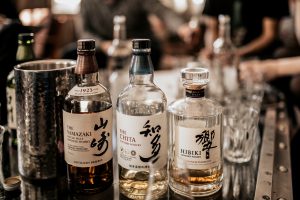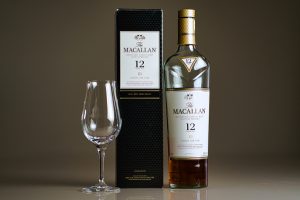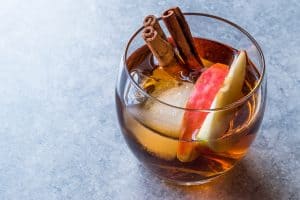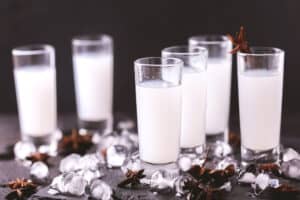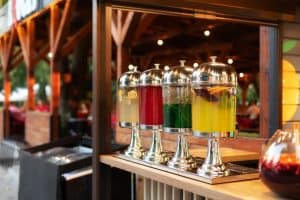
The liquor world can be somewhat perplexing when you read the labels on your favorite spirits. The world of Cognac or Armagnac is no different either, with a whole alphabet of letters and terms denoting something very simple: aging.
Which may lead you to think, what does VSOP mean on liquor?
In simple terms, VSOP means Very Special Old Pale or Very Superior Old Pale. It is a cognac of which the “youngest” spirit in the blend is four years old. The term was used to indicate a Cognac made without adding sugar or caramel flavoring—from there, the “pale” appellation.
We’ll dive into the meaning of the term’s origin and what it indicates. We’ll also examine Cognac production rules and other aging designations and terms for balance.
What Does VSOP Mean?
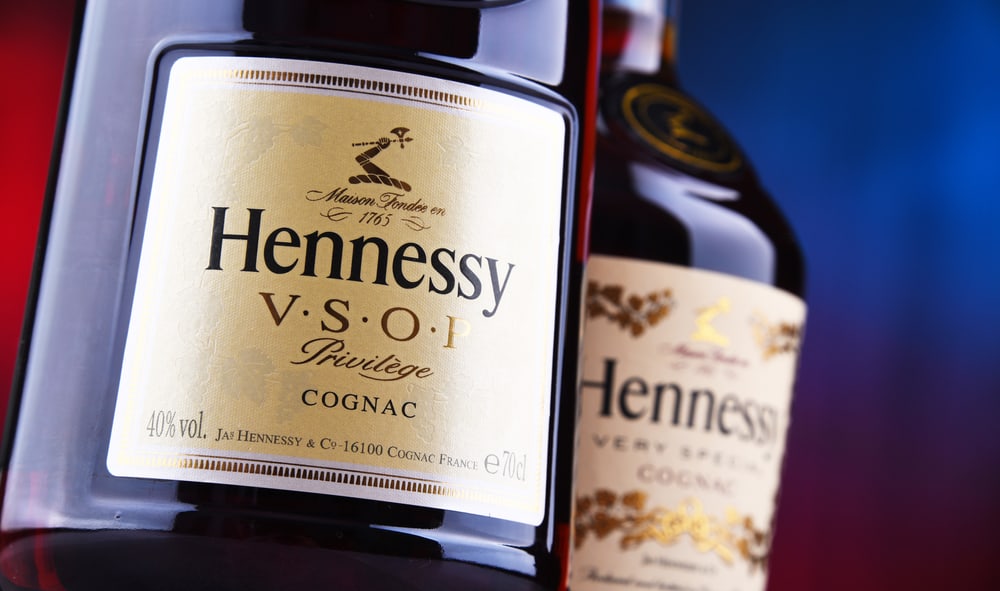
It simply means Very Special Old Pale or Very Superior Old Pale. The abbreviation can be written with or without periods depending on the personal and stylistic preferences of the producer.
The expression dates back to 1817 when King George IV, a cognac connoisseur, requested a special cognac without the usual sugar and caramel additives.
The House of Hennesy stepped up to the challenge, created this special Cognac for the king, and set a benchmark for the future.
Cognac falls under the French AOC (appellation d’origine contrôlée) designation, which means it has to meet certain legal requirements regarding grape selection, production region, distillation process, and minimum aging requirements.
To qualify as a VSOP brandy, the youngest eau de vie (French for “water of life” or spirit) must be at least four years old.
The Requirements
Ugni blanc grapes make up 98% of the grapes grown for distilling cognac. The other main varieties include Folle Blanche, Colombard, Montils, and Foignan.
The fermentation uses native, wild yeasts from the area to convert the fruit sugars into alcohol. Neither sugars nor sulfur may be added to the fermentation mixture. After 2–3 weeks of fermentation, the liquid reaches 7–8% ABV.
The French AOC prescribes the design and dimensions of the traditional Charentais copper alembic stills. The liquid is distilled twice, and the resulting eau-de-vie (a colorless spirit) reaches around 70% ABV.
Aging is done in Limousin oak barrels for a minimum of two years before it can be sold to the public. Of course, aging can be much longer, resulting in different designations (more on this in a moment).
The spirit may not be interrupted during aging—it is all down to nature, the barrel, and the angels (they also get their share of “la part des anges” as 3% alcohol evaporates from the cask during the year).
The Rest of the Cognac Alphabet
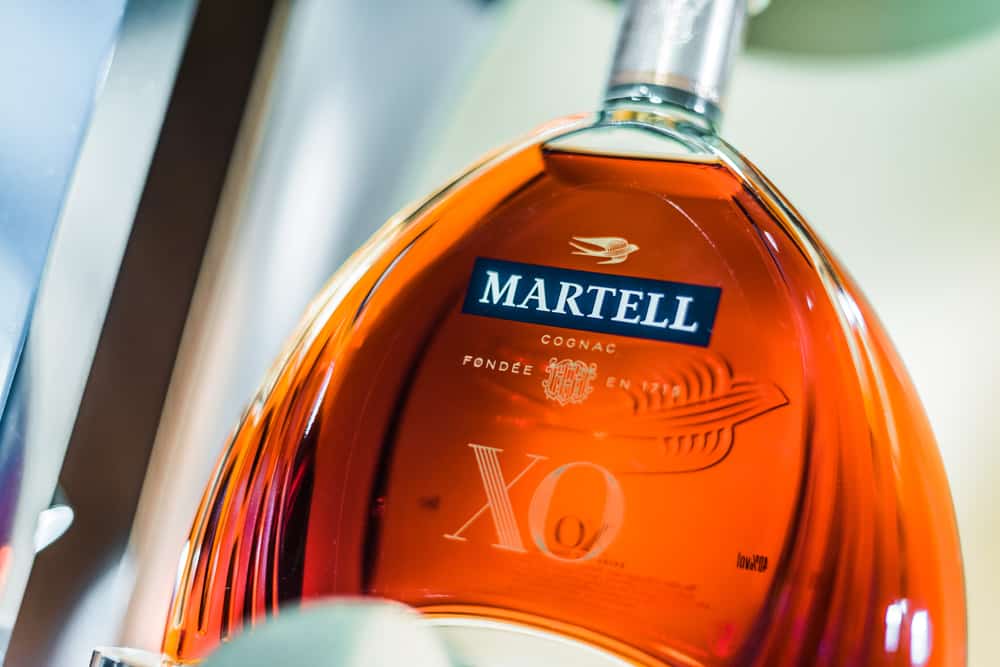
We’ve covered VSOP, but many other letters are in the Cognac alphabet.
Cognacs are often blends of different years’ eau de vie, and the letters indicate the youngest year used; hence the producers use various letters to signify this.
VS
VS is a Very Special Cognac, aged for at least two years. This is also the minimum age Cognac is allowed to age before it may be sold to the public. Sometimes it is indicated with or without three stars.
XO
XO is not “kiss and hug” but rather Extra Old or Napoléon or Old Reserve—aged for at least six years, but this changed in April 2016 to ten years. This was also a favorite in Napoleon’s drink cabinet.
XXO
XXO or Extra Extra Old ages for at least fourteen uninterrupted years before it is bottled.
The English abbreviations are used because Cognac was exported to English-speaking countries for many years.
Other Age Designations
Other designations can be used apart from VSOP when talking about Cognac. Let’s take a look at them:
Supérieur/Cuvée Supérieure/Qualité Supérieure – is a cognac that was aged for two years.
Vielle Réserve/Réserve Rare/Réserve Royale – are aged five years.
Napoléon, Très Vieille Réserve, Très Vieux, Héritage, Très Rare, Excellence, and Suprême – are aged six years.
Varietal – a Cognac (or Armagnac) made from only one grape variety. Sometimes it is named after the grape variety, or the varietal may be included on the label.
Vintage – is more associated with Armagnac and refers to when a specific year’s grape harvest was used to produce that bottle. Beware, vintage Armagnac can carry a hefty price tag!
Réserve – like an XO Cognac—the youngest eau de vie must be at least 10 years old, although the blended average is much older.
Hors d’Age – literally means “Of the Ages” or “Beyond Age”. This is a fancy way of saying the product is “priceless.” These can be extremely old and probably the most expensive and oldest Cognac you’ll ever find. These Cognacs can be aged anything between 30 and 100 years.
Cru – refers to one of the six geographical regions in France where grapes are grown.
You can learn a lot about labels and designations. Cognac producers use them to protect their product from counterfeiting and fakes but also to tell you where it was produced, the age of the youngest eau de vie, and the geographical region where it was produced.
Conclusion
We have looked at how the VSOP—Very Special/Superior Old Pale—designation came into being after King George IV requested a special blend of Cognac.
VSOP Cognac contains a blend of Cognacs, of which the youngest in the blend must be at least four years old.
Because strict AOC rules govern Cognac (and Armagnac), you can be sure that you are purchasing a superior product made in the prescribed style from the prescribed grapes in a geographically protected area.


